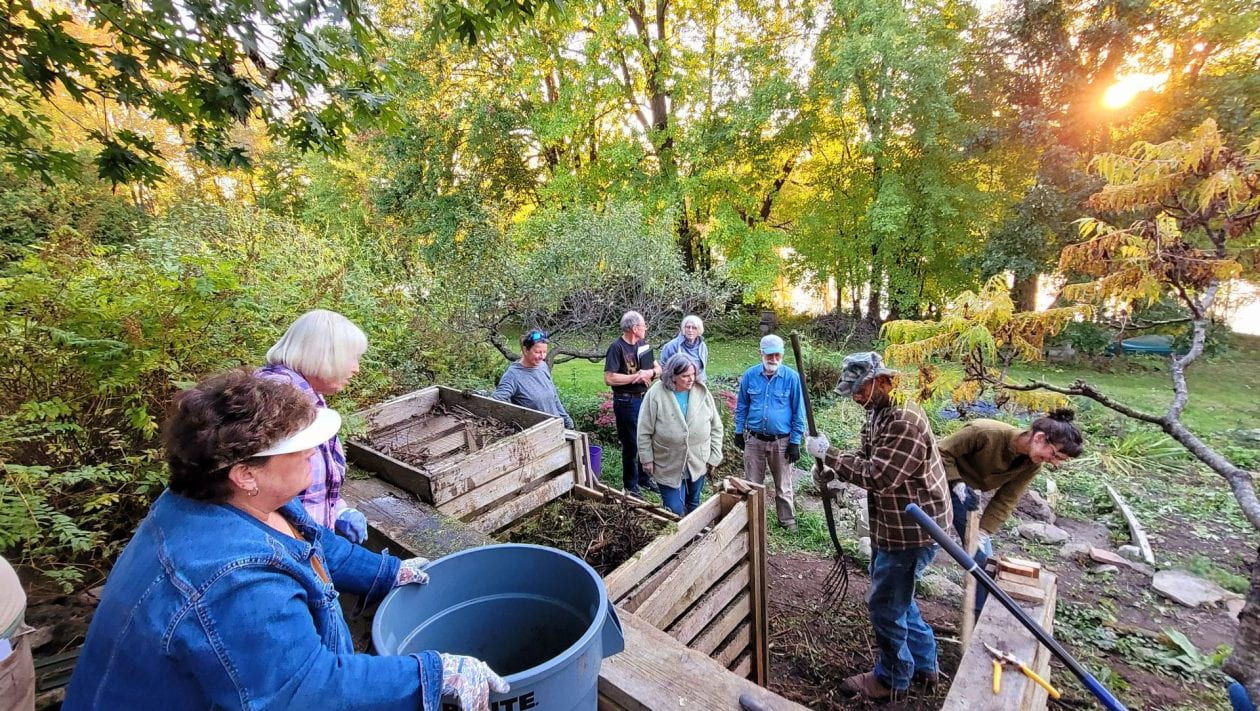This is an ideal time to evaluate your outdoor storage areas and make a plan to reorganize them. Use the following steps as a guide, but avoid moving anything until you have a detailed plan and the materials to complete your project.
Plan your attack
- Make a rough sketch of your yard including all storage and garden areas. Think about tools that you’ve left in odd places. Do you need some sort of permanent storage there? If so, add it to the sketch.
- Look inside each storage area and list the categories of tools and supplies stored there, such as hand tools, power tools, potting supplies, soil amendments, watering equipment. Don’t touch anything yet.
- For each garden area, note the tools and supplies you use there. Then decide which storage area is best for which tools, considering where they will be used and whether the storage area will accommodate the tools. List the tools on your rough map, checking against your original list of categories to make sure you are providing space for each item.

Hanging hand tools saves space and offers convenience - Consider the tools against the storage space, if one already exists. If not, think through the process and make some notes so that you acquire storage that meets your needs. Stand in front of each storage area and look at it from all sides. What will you put where? Which things need to be within easy reach? Which items will be used at the same time? Do you need to strengthen the storage area against wildlife or weather? Make a repair? Do you need to add shelves? Wall hooks? Bungee cords or Velcro ties for bundling hoses? Jot down a “Needs” list for your storage space. Do this for all the storage areas on your map.
- Think about your resources and set limits, if needed. Do you have the time, money and supplies to complete your project? Which storage areas are your priority? Decide which areas you will and will not organize at this time.


